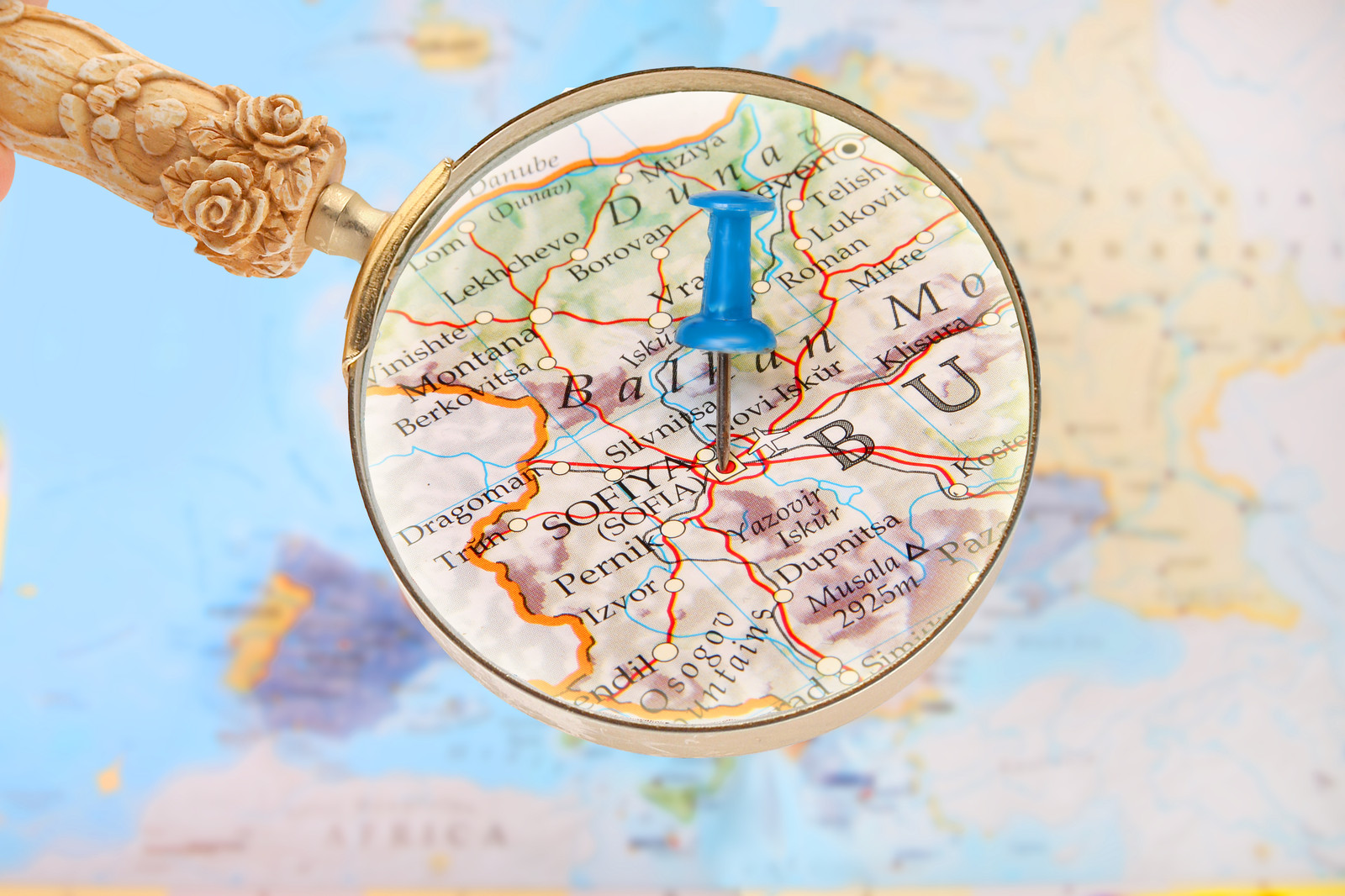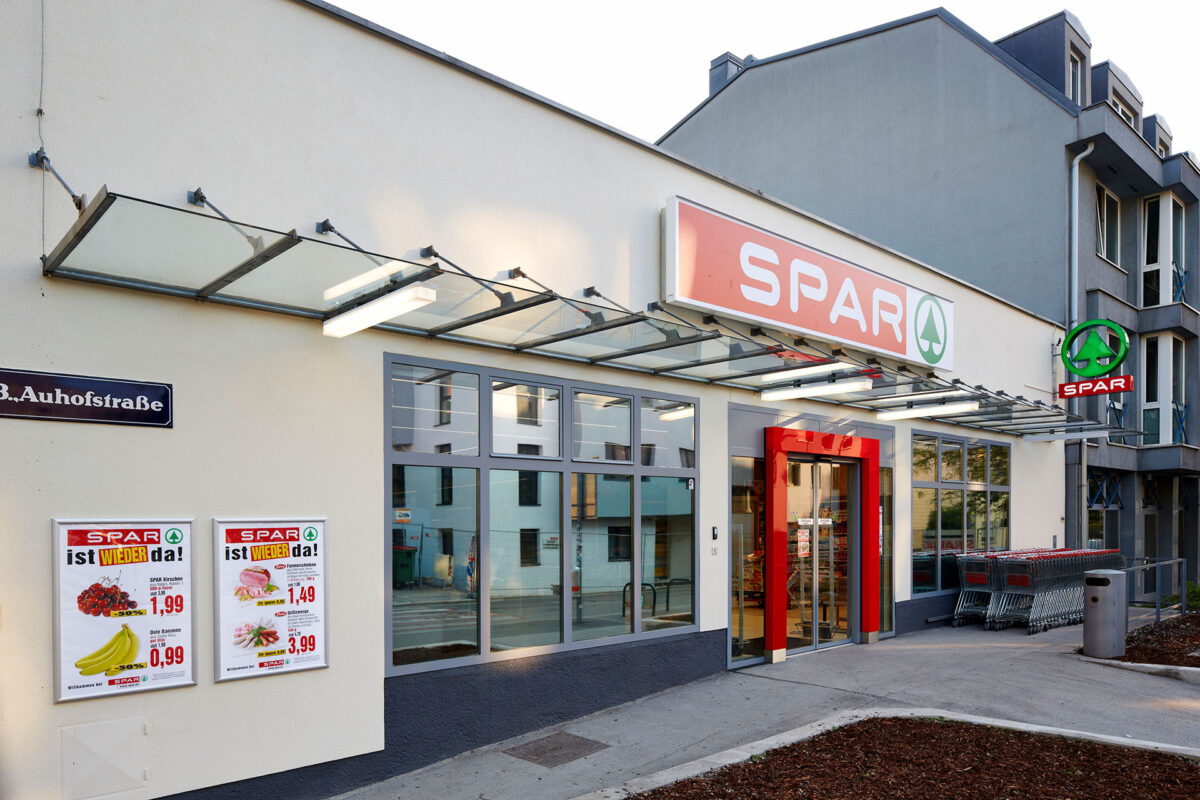I have been responsible for Marketing in the Central and Eastern European (CEE) region for many years at several companies in different B2B and B2C industries. During these years I have discovered that the countries from this region share quite a lot of characteristics, diverse as they are in terms of geography, historical background and economic development. This is why I have tried to summarize my learnings in a list of 10 Marketing Commandments for all marketeers, who find themselves responsible for this region.
Firstly, let me define what I mean by the CEE region, as there are different understandings on its scope. Some people would even argue whether this terms remains relevant at all, though many companies continue having CEE-focused departments and run a regional marketing setup, so I will assume it is. I understand CEE as the aggregation of the Balkan countries (excluding Greece), the Visegrad Group (POL, CZ, HU and SK), and the countries formed by the dissolution of the ex-Soviet Union. As I live in Austria, I often hear the quote of the famous 19th century Austrian politician Metternich’s The Balkans begin at the Rennweg. This may not hold true today but the differences in many areas still remain.
A warning: do not take these advices too seriously but approach them from the funny side of marketing. After all, we all know that, no matter how perfect your marketing is, in the end somebody somewhere in the organization will inevitably say I told you not to trust the idiots from marketing – they made complete asses of themselves again and that is why we cannot make any sales…
So let me kick off with the listing of the Ten Marketing Commandments to be followed by all righteous marketers in CEE. After all, Marketing is a kind of religion with its rituals and prophets (Mr. Kotler, anybody?)
1. Know thy region
This is especially true if you come from the “civilized” world of New York, London, Paris, or Amsterdam. Bulgaria is not at all similar to Burma, regardless of the fact that they are next to each other in the world atlas. Believe it or not but I did know a boss who asked his assistant to book a flight between Vienna and Bratislava (about 45 kilometers distance as the crow flies). And many are those who still mix Slovakia with Slovenia, and Latvia with Lithuania. Therefore it would not hurt to read about the region’s geography, history, and culture.
2. Check first, trust second
You will find many (very charming) people who will try to sell you anything. It would not hurt to be extra careful before signing any commitment. This is where a good legal advice would be very handy, as the myriad of CEE countries have their own regulations in advertising, for example, in spite of the fact that many of them are already in the EU. But you are already doing that, are you not?
3. Plan for extra time
As a matter of principle it never hurts to budget a couple of more months, especially for bigger projects and campaigns, but this is especially true for CEE, You have to budget for unforeseen delays caused by holidays, slower transport, bureaucracy, legal requirements etc. Just as an example, a promotional campaign can be significantly delayed or even stopped when you learn in the last minute that you have to pay 40 % income tax on all those nice gifts you are giving (as it is the case in Hungary).
4. Be very careful when deploying centralized solutions
I know of many big companies which have made the “copy-paste” mistake without even checking on the consequences. A classic example is the Philips campaign in the 1990s in Bulgaria. In this campaign the slogan “Quality that not everybody can afford” offended many of the poorer potential customers and had to be stopped. Also, a campaign developed for Russia will likely not work very well in Czech Republic or Hungary even only because of the history of the past 70 years. You may therefore have to choose between a very generic message which is cheap to produce and distribute, or a specific one that can work well per country. My personal preference is to cluster countries in terms of proximity, market similarity, languages, etc. Nevertheless, using the same message for both Romania and Bulgaria (which, after all, are both Balkans countries) may not work at all. Simply make your research first before making the clustering.
5. Do not make quick assumptions
Base your actions on facts and research, not on gut feeling. The fact that people live in poorer countries does not mean that your target group is necessarily poor, and cutting the price (or playing with the package size) is your only option. You will often find that people are willing to invest more money that you expect, and that quality is more important to them than other attributes.
6. Branding rules!
Invest time and efforts to develop your brand into one people trust. Stress on your traditions (if you have them) and on continuity as people in the CEE have seen even some bigger Western brands come and depart after a few years to invest elsewhere. And finally, do not claim that your product or service is something it is not. People can buy it once but in principle be prepared for a bit more suspicious attitude than in the West. I made a qualitative research among my students coming from CEE countries and found out that the majority of them still believe that Western companies manufacture on purpose products of inferior quality for CEE markets. Whether this is a true issue or not is a matter of debate (I strongly believe that it does not make sense for companies to do that and that the vast majority of them don’t) but the fact is that it has been used also for political agendas – so pay attention to it!
7. Careful with that media plan!
Media agencies in CEE do tend to sell you media plans which include some not very logical media choices for your product. Normally you will find that the said media agency has some better conditions with these media. It therefore makes sense to double check and challenge every suggested plan. I would actually even recommend going directly to selected media when your budget is limited. This will not only increase your discounts but will also allow you to find the best and most focused investment in your target audience.
8. Stress on frequency, not reach
Of course, your actual strategy will depend very much on your product and budget but I have generally found that stressing on frequency rather than reach brings better results. This is, of course, based on the assumption that your message and execution are good. In principle media noise in CEE can be greater than in Western Europe because of lack of regulation (e.g. number of billboards is much greater), early stage of media market development, willingness of people to try new media etc. It does make sense then to bring your message with a greater frequency to a small but loyal group of customers who can spread word of mouth about your product or service.
9. Go for regional media
There are many media channels or groups which operate on regional level. There are also surprisingly little customers who actually make use of this. Getting into touch with the headquarters of companies like Discovery, Eurosport, RTL, etc. can bring you an additional discount of 15-20 % compared to local media planning.
10. Bigger is not better
And finally, do check also smaller local agencies, even if your parent company has a world contract with one of the behemoths. You will find that some local agencies are not also cheaper but also more creative, more flexible, faster, and more correct in their relationships.






